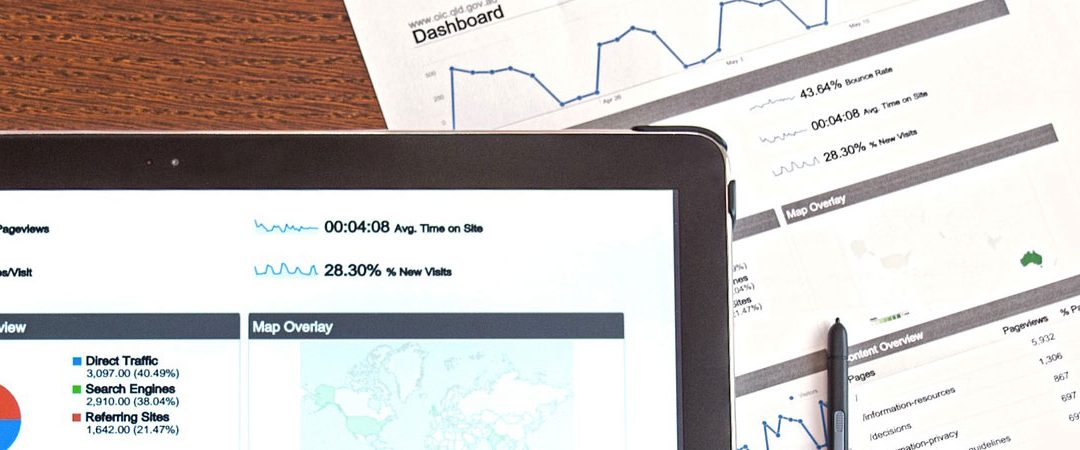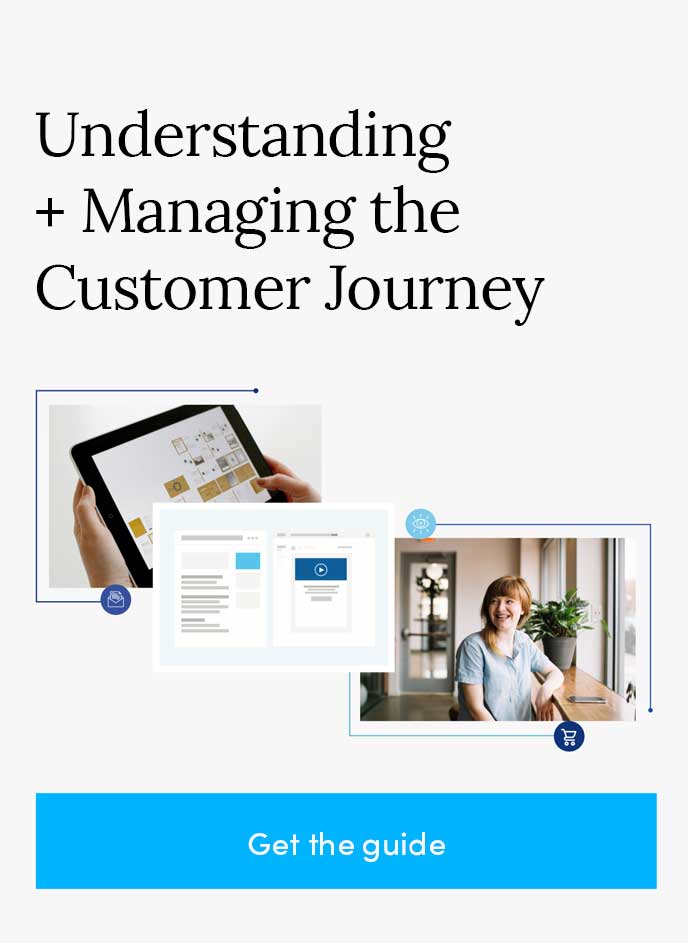
There are tools available in Adwords, Analytics and now Google Attribution, as well as third-party tools, that provide more flexibility and insights than ever. But that doesn’t mean attribution has become easier, or is even “solved” for most advertisers. When it comes to starting any new project, campaign or strategy it is essential that you determine how you are going to track it. When it comes to attribution, you must decide what the most important KPIs are for your business. When determining KPIs make sure to take things like typical lifetime value of a customer and how long your buyer’s journey is.
Types of Attribution Models in Google:
In the Last Interaction attribution model, the last touchpoint—in this case, the Direct channel—would receive 100% of the credit for the sale.
In the Last Non-Direct Click attribution model, all direct traffic is ignored, and 100% of the credit for the sale goes to the last channel that the customer clicked through from before converting—in this case, the Email channel.
 In the First Interaction attribution model, the first touchpoint—in this case, the Paid Search channel—would receive 100% of the credit for the sale.
In the First Interaction attribution model, the first touchpoint—in this case, the Paid Search channel—would receive 100% of the credit for the sale.
 In the Last AdWords Click attribution model, the last AdWords click—in this case, the first and only click to the Paid Search channel —would receive 100% of the credit for the sale.
In the Last AdWords Click attribution model, the last AdWords click—in this case, the first and only click to the Paid Search channel —would receive 100% of the credit for the sale.
 In the Linear attribution model, each touchpoint in the conversion path—in this case the Paid Search, Social Network, Email, and Direct channels—would share equal credit (25% each) for the sale.
In the Linear attribution model, each touchpoint in the conversion path—in this case the Paid Search, Social Network, Email, and Direct channels—would share equal credit (25% each) for the sale.
In the Position Based attribution model, 40% credit is assigned to each the first and last interaction, and the remaining 20% credit is distributed evenly to the middle interactions. In this example, the Paid Search and Direct channels would each receive 40% credit, while the Social Network and Email channels would each receive 10% credit.
 In the Time Decay attribution model, the touch points closest in time to the sale or conversion get most of the credit. In this particular sale, the Direct and Email channels would receive the most credit because the customer interacted with them within a few hours of conversion. The Social Network channel would receive less credit than either the Direct or Email channels. Since the Paid Search interaction occurred one week earlier, this channel would receive significantly less credit.
In the Time Decay attribution model, the touch points closest in time to the sale or conversion get most of the credit. In this particular sale, the Direct and Email channels would receive the most credit because the customer interacted with them within a few hours of conversion. The Social Network channel would receive less credit than either the Direct or Email channels. Since the Paid Search interaction occurred one week earlier, this channel would receive significantly less credit.
Top Considerations for Tracking:
- UTM codes are amazing, but make sure your labeling is consistent and this includes capitalization.
- Use the model comparison tool in Google Analytics to help better discovery what type of attribution model makes sense for your business.
- Set up goals in Google Analytics.
- Make sure you consider how you’ll be tracking and reporting through your CRM system, think about time labels to help with time decay attribution reporting.
Key Takeaways:
- Look forward not back when determining modeling
- Run experiments
- Look for influential revenue indicators
- Attribution works best when you’re working with more data
- Attribution is not a perfect science, but it does allow us to view, track and make better decisions on data that is more complex as we increase the channels we are engaging with
Contact Us
Call Us
Find Us
Michigan
850 Stephenson Hwy, Suite 700
Troy, MI 48083
Florida
100 N. Laura Street, Suite 500
Jacksonville, FL 32202
Follow Us
Join Us






